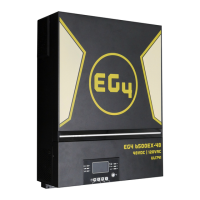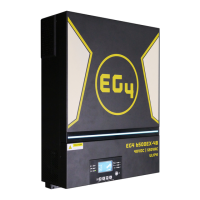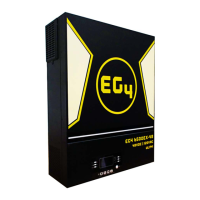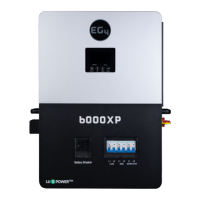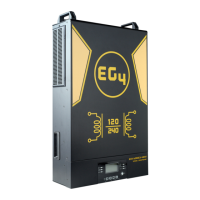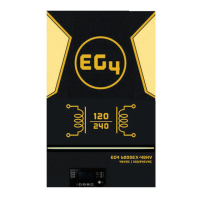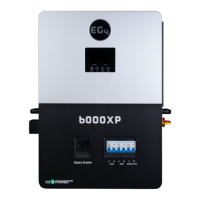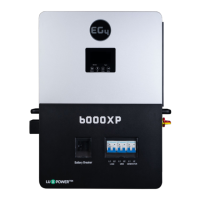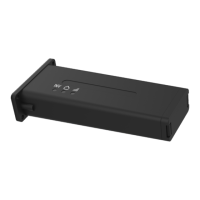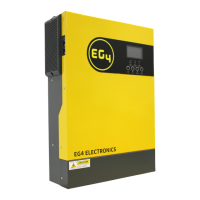Why my EG4 6500 EX-48 works in battery mode when mains exist?
- QqhornAug 12, 2025
If your EG4 Inverter continues to operate in battery mode even when mains power is available, several factors could be responsible. The input protector might be tripped, so check if the AC breaker has tripped and ensure the AC wiring is correctly connected. Insufficient AC power quality from the shore or generator could also be the cause; verify that the AC wires aren't too thin or excessively long. Also, check if the generator (if used) is functioning correctly or if the input voltage range setting is correct. As an alternative, change the output source priority to Utility first.
